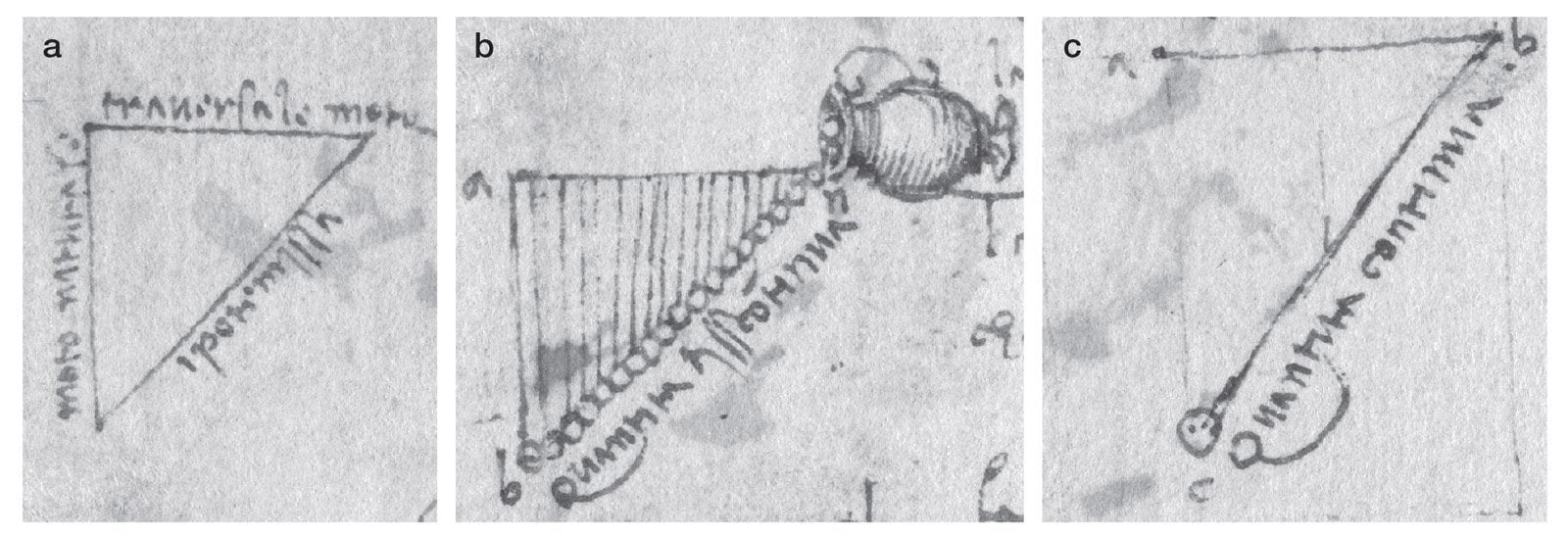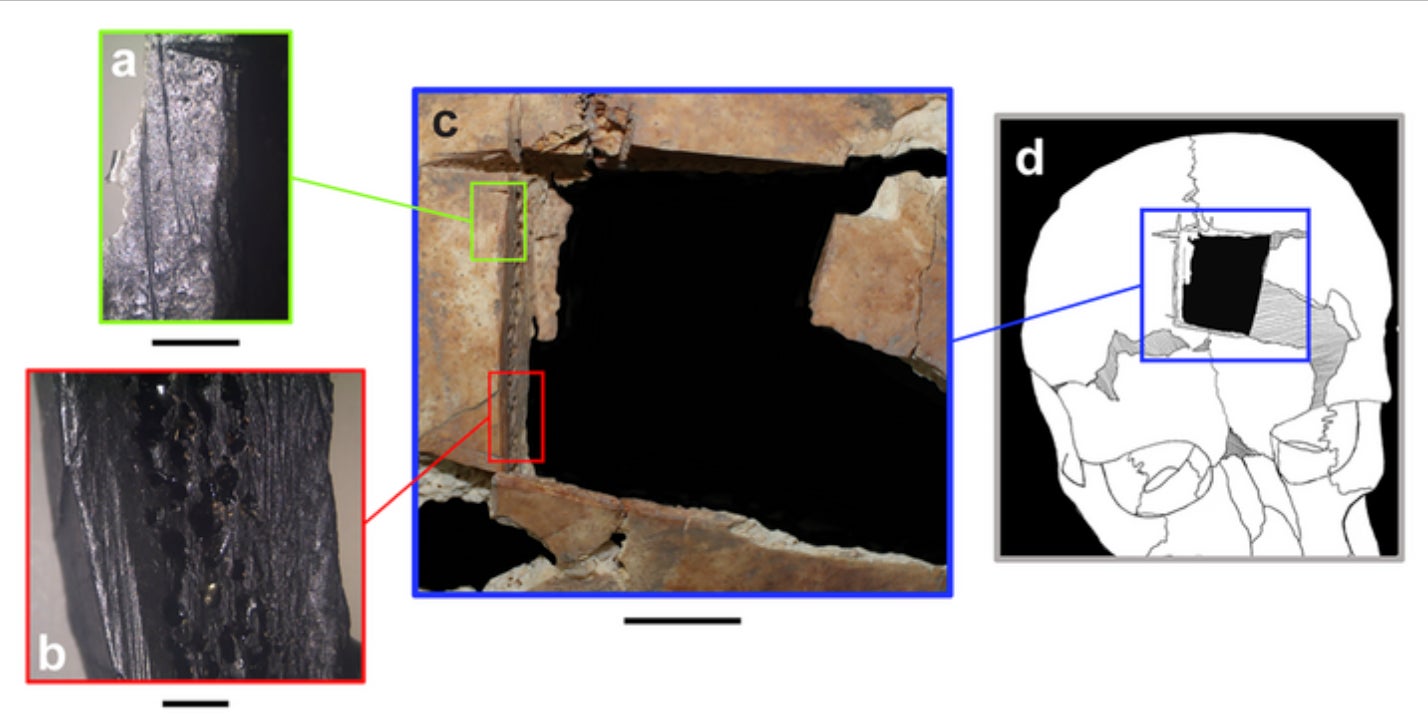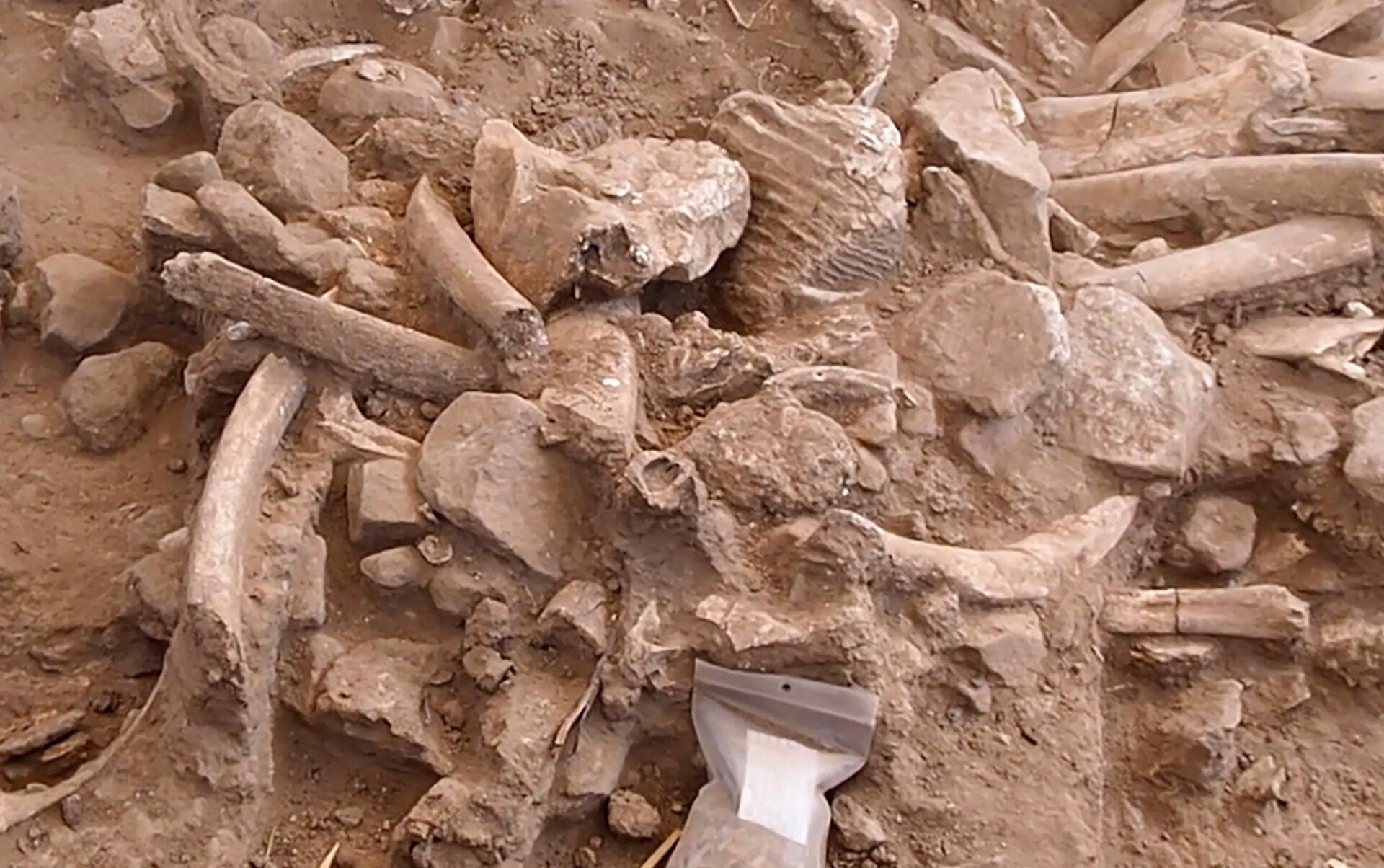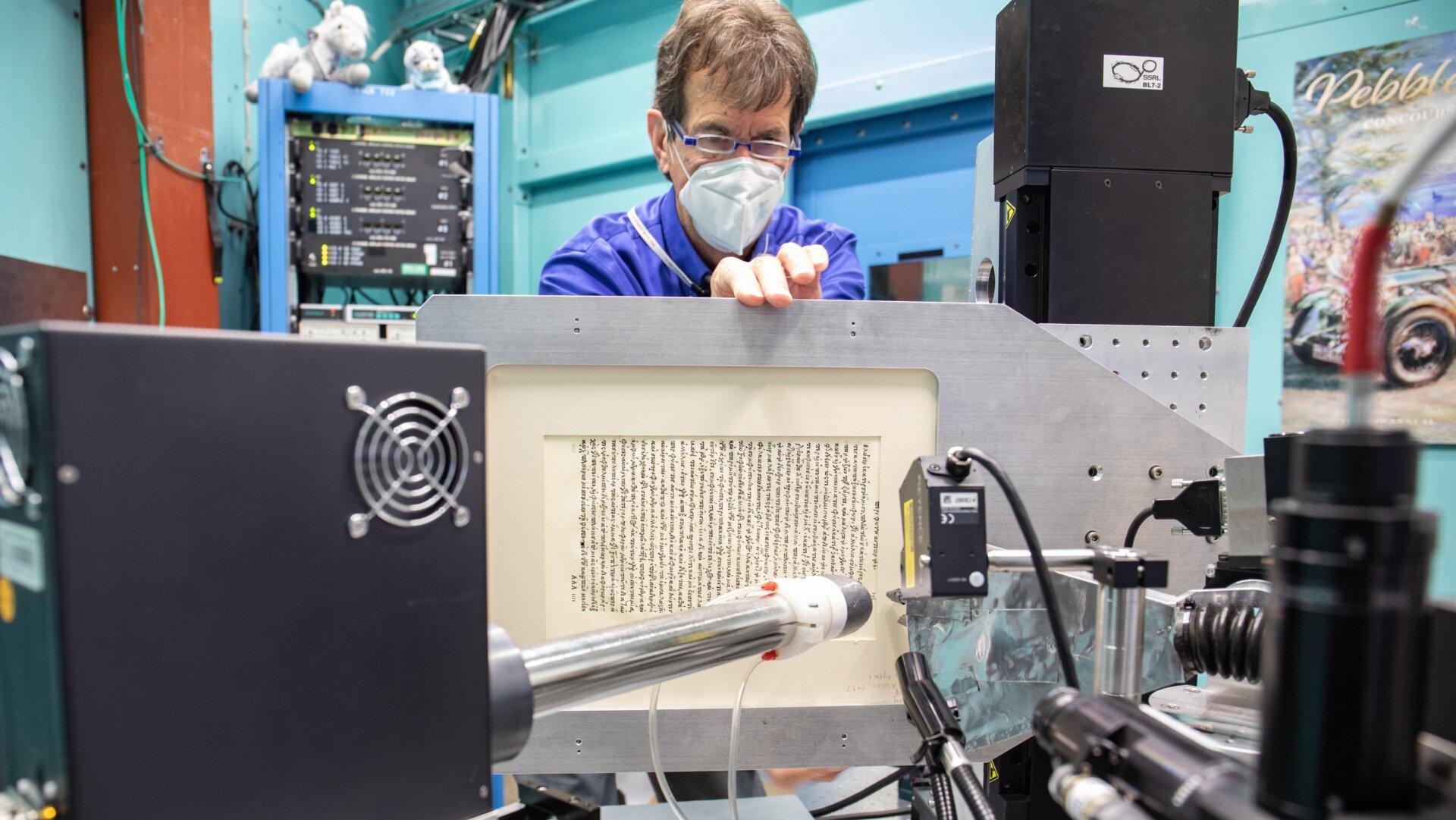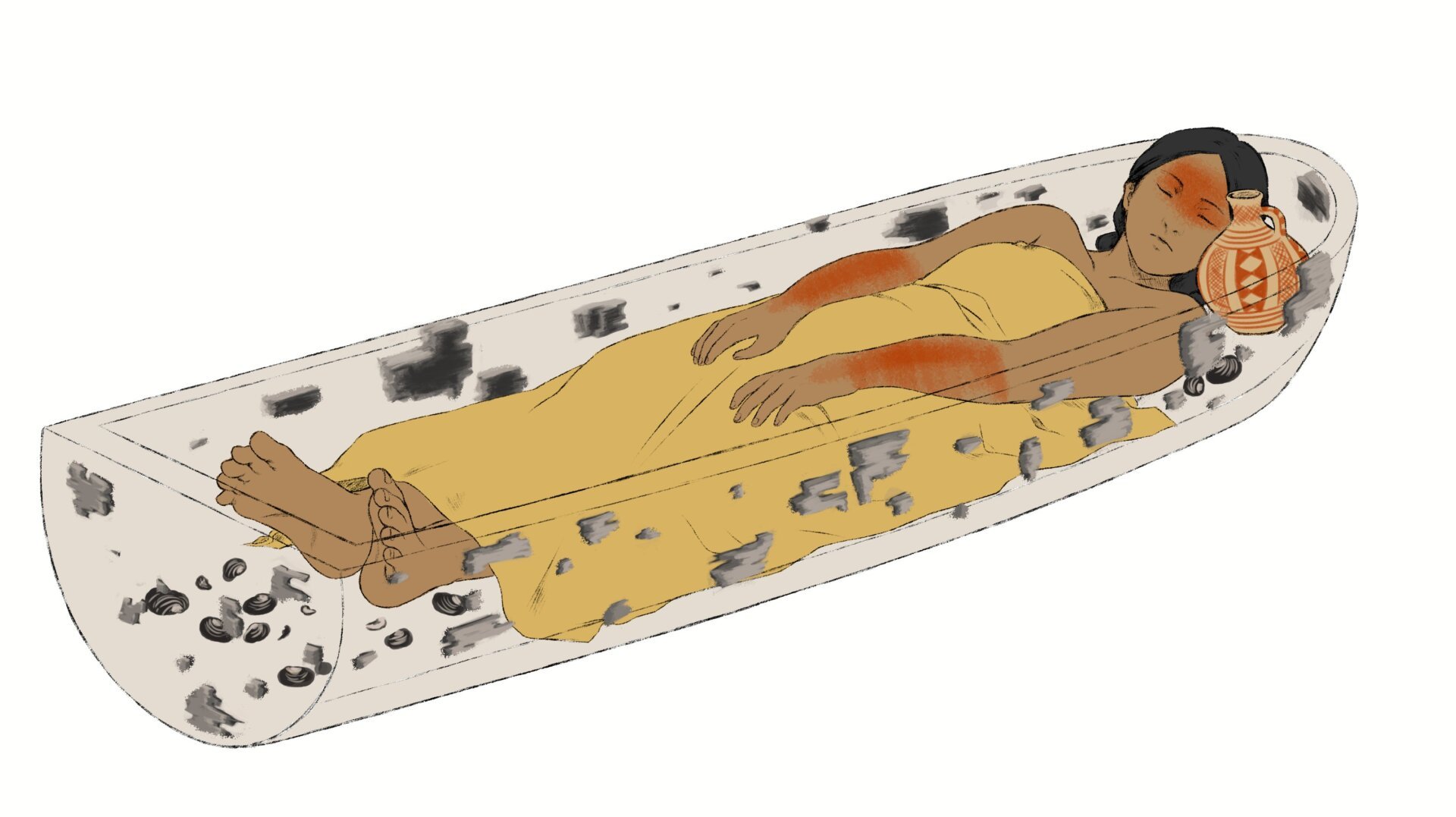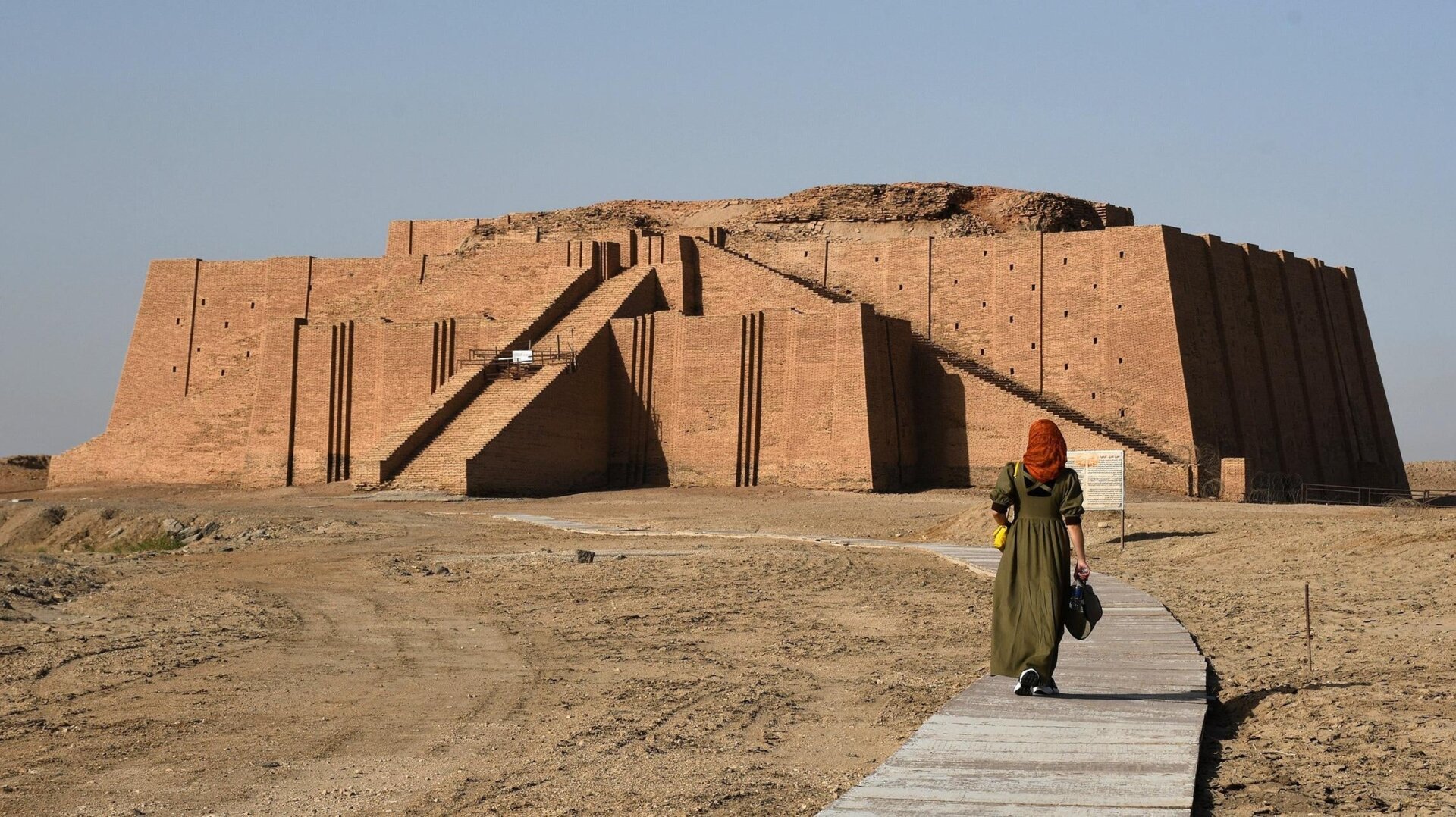Leonardo da Vinci, the quintessential Renaissance man, is renowned for his artistic masterpieces and inventive genius. A recent study of his Codex Arundel, a collection of notes and sketches spanning the latter 40 years of his life, reveals a lesser-known facet of his intellect: his exploration of gravity a century before Galileo’s groundbreaking work.
This discovery, published in the MIT Press journal Leonardo, stemmed from a re-examination of the Codex Arundel, which is available online thanks to the British Museum. Mory Gharib, an engineer at Caltech, stumbled upon these sketches in 2017 while researching da Vinci’s work on fluid dynamics in the heart. The sketches pertaining to gravity are believed to date from the final 15 years of da Vinci’s life.
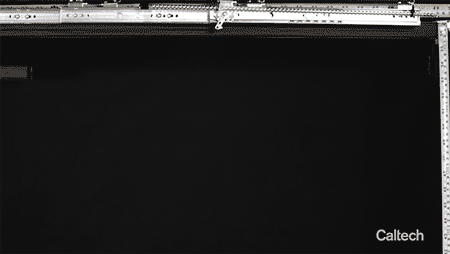 Da Vinci's sketch of a pitcher experiment, demonstrating his early understanding of gravity.
Da Vinci's sketch of a pitcher experiment, demonstrating his early understanding of gravity.
Da Vinci, already a master of invention, art, engineering, architecture, and science, was intrigued by the complexities of gravity. He designed an experiment to understand the relationship between the motion of a cloud and the falling hail it produces. Lacking the ability to control the weather, he devised an analogous experiment using a pitcher and sand or water.
 Da Vinci's triangle illustration, showing the relationship between a falling object's trajectory and acceleration.
Da Vinci's triangle illustration, showing the relationship between a falling object's trajectory and acceleration.
Accurate timekeeping devices wouldn’t exist for another 140 years after da Vinci’s death in 1519. To circumvent this limitation, he replaced time with space as a constant, keeping the pitcher at a fixed height throughout the experiment and assuming a constant fall time for each particle of water or sand.
He meticulously documented the falling material’s positions, sketching a line connecting these points. This line formed the hypotenuse of a triangle. Da Vinci observed that altering the pitcher’s acceleration would change the triangle’s shape.
Da Vinci’s “Equatione di Moti”
Da Vinci understood the downward acceleration of falling objects. His experiment aimed to unravel the relationship between this acceleration and the pitcher’s acceleration. He discovered that when the pitcher accelerated at the same rate as the falling material under gravity, an equilateral triangle resulted, a phenomenon he termed “Equatione di Moti,” or “equalization of motions.”
A Remarkable Approximation
Modern analysis of da Vinci’s experiment, using computer modeling, reveals a flaw in his understanding of the relationship between a falling object and time. He incorrectly modeled the falling object’s distance as proportional to 2 raised to the power of time (t), rather than proportional to t squared. Surprisingly, despite this error, he applied the incorrect equation in a way that yielded remarkably accurate results.
By interpreting tick marks on his sketches as data points, da Vinci estimated the gravitational constant with nearly 98% accuracy, a remarkable feat given the limitations of his time. This discovery underscores da Vinci’s profound insight and his ability to approach complex scientific concepts with innovative methods.
Unveiling the Secrets of a Genius
This forgotten experiment, hidden within the backward script of the Codex Arundel, offers a glimpse into da Vinci’s relentless pursuit of knowledge. It highlights his pioneering approach to scientific inquiry centuries ahead of his time. Undoubtedly, further exploration of his extensive notes and sketches will continue to reveal the hidden depths of this extraordinary mind.



